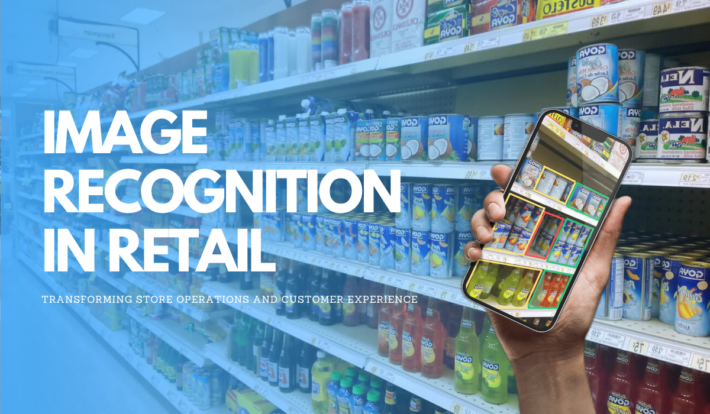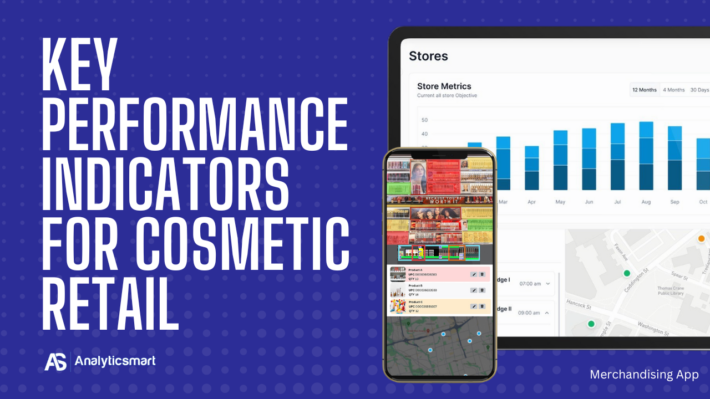The Future of AI in Retail: How Artificial Intelligence is Transforming the Industry
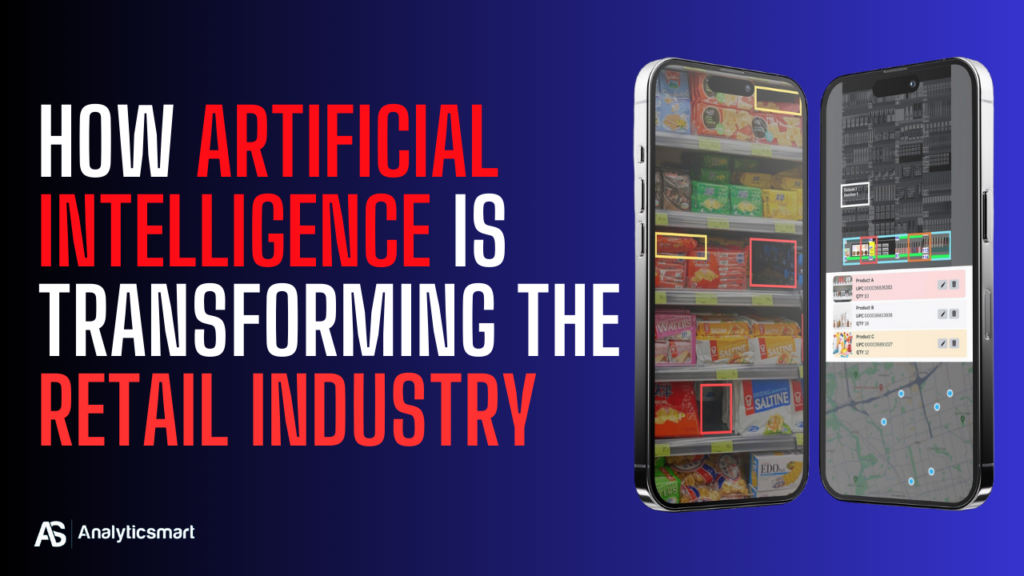
Artificial Intelligence (AI) is revolutionizing industries worldwide, and retail is no exception. From personalized shopping experiences to supply chain optimization, AI is redefining how retailers operate and interact with customers. As businesses move beyond pilot projects, scaling AI solutions is becoming a strategic priority. This article explores how AI is transforming retail, focusing on its applications, benefits, and challenges, along with a deep dive into AI-driven image recognition and its role in merchandising.
The Role of AI in Retail
Retailers are leveraging AI to improve efficiency, customer experience, and profitability. Some of the most impactful areas where AI is making a difference include:
1. Personalized Customer Experiences
AI-powered recommendation engines analyze customer behavior and preferences to offer personalized product suggestions. Companies like Amazon and Netflix have perfected AI-driven recommendations, setting a high standard for retailers. By using machine learning algorithms, retailers can customize promotions, emails, and website content, significantly boosting engagement and conversion rates.
2. Supply Chain Optimization
AI enhances supply chain management by predicting demand fluctuations, reducing overstock and stockouts. Retailers use AI-driven analytics to track shipments, forecast inventory needs, and automate warehouse management. AI-powered robotics in warehouses streamline order fulfillment, reducing human errors and improving efficiency.
3. Pricing and Promotion Optimization
Dynamic pricing models powered by AI analyze market trends, competitor pricing, and customer behavior to set optimal prices in real time. AI also helps retailers design targeted promotional campaigns, ensuring that discounts and deals reach the right audience at the right time.
4. Customer Service Automation
Chatbots and AI-driven virtual assistants enhance customer support by providing instant responses to queries. AI-powered customer service solutions reduce wait times, improve response accuracy, and free up human agents for more complex issues.
5. Fraud Detection and Security
AI enhances security by detecting fraudulent transactions, unauthorized access, and potential cyber threats. Machine learning algorithms analyze transaction patterns to flag suspicious activities, reducing financial losses and enhancing trust.
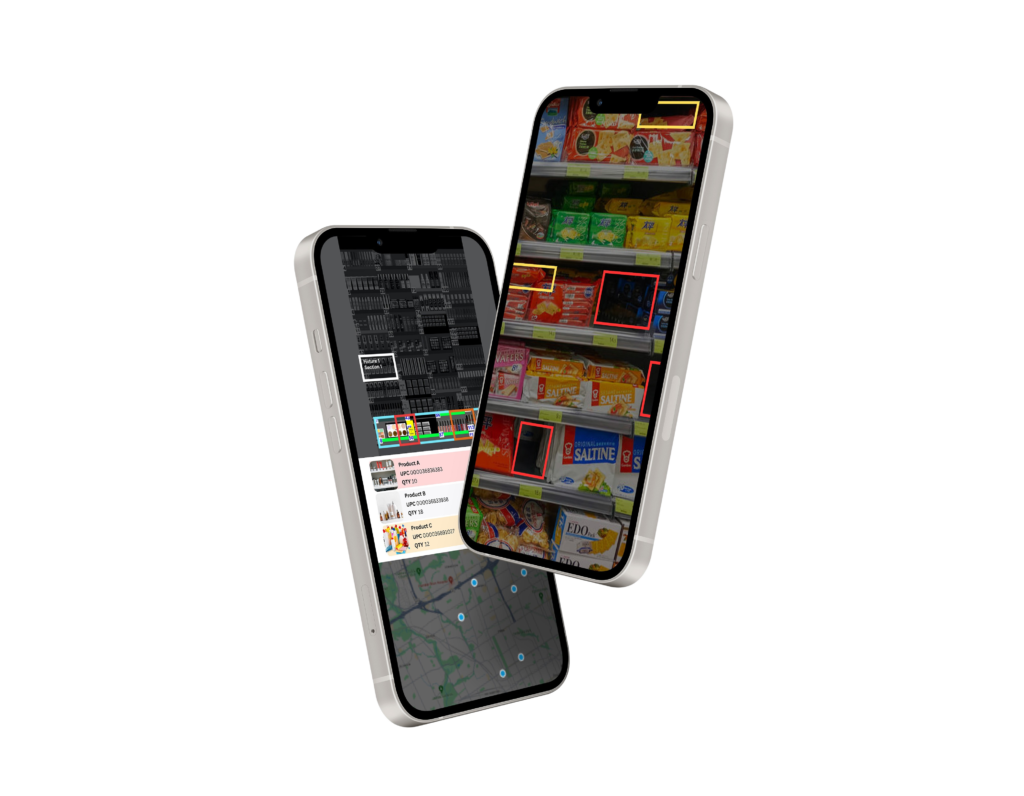
AI for Image Recognition in Retail
One of the most transformative AI applications in retail is image recognition technology. AI-powered image recognition systems analyze visual data to enhance various retail operations. Let’s explore its key uses:
1. Automated Checkout Systems
Retailers like Amazon Go are pioneering cashier-less stores using AI-driven image recognition. Cameras and sensors track what customers pick up, and AI processes the purchases without requiring physical checkout lines. This not only speeds up the shopping experience but also reduces labor costs.
2. Inventory Management and Shelf Monitoring
AI-driven image recognition helps retailers track shelf stock levels in real time. Cameras in stores capture images of shelves, and AI analyzes the data to detect missing or misplaced items. This technology improves planogram compliance, ensuring that store layouts align with merchandising strategies.
3. Visual Search and Augmented Shopping
AI-powered visual search allows customers to take a picture of a product and find similar items online. Companies like Pinterest and Google Lens enable shoppers to upload images and receive instant recommendations. Augmented Reality (AR) applications use image recognition to let customers visualize how products look before purchasing.
4. Loss Prevention and Theft Detection
AI-powered surveillance systems analyze in-store activity to identify suspicious behavior, reducing theft and shrinkage. Facial recognition and behavioral analysis help retailers monitor high-risk areas and prevent fraudulent activities
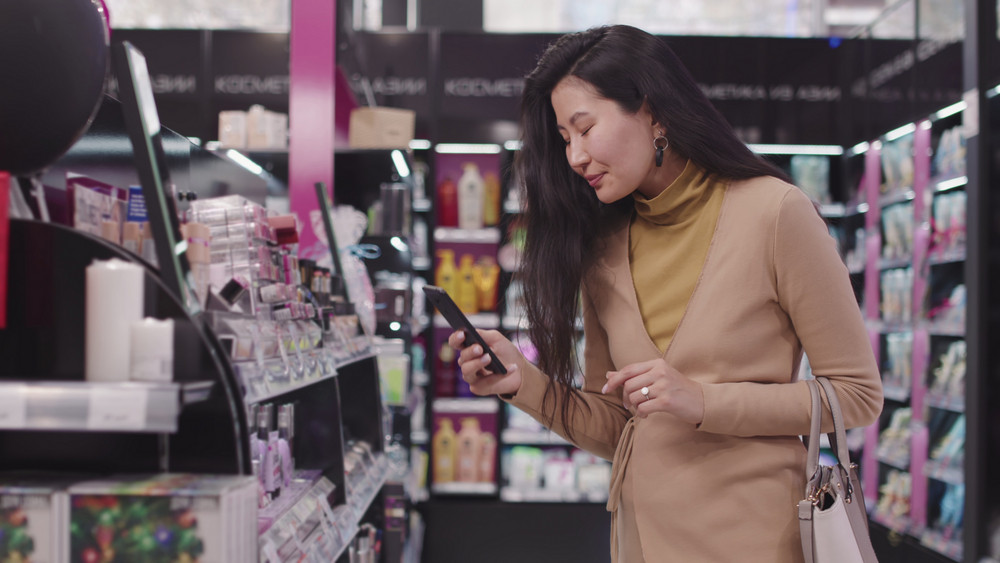
Challenges of Scaling AI in Retail
Despite the benefits, retailers face several challenges in scaling AI initiatives:
1. Data Silos and Quality Issues
AI relies on vast amounts of data, but many retailers struggle with fragmented or poor-quality data. Without a centralized data strategy, AI implementations may be ineffective.
2. Integration with Legacy Systems
Many retailers operate on outdated infrastructure that isn’t AI-compatible. Transitioning to AI-driven solutions requires significant investment in new technology and training.
3. Change Management and Employee Adoption
AI adoption often meets resistance from employees who fear job displacement. Retailers must invest in training and change management programs to ease the transition.
4. Cost of Implementation
Scaling AI solutions requires significant investment in software, hardware, and talent. While AI delivers long-term benefits, initial costs can be a deterrent for some retailers.
Future of AI in Retail
The future of AI in retail is promising, with several emerging trends:
1. Hyper-personalization: AI will continue to refine personalized experiences, offering highly customized shopping recommendations.
2. AI-powered Robotics: More retailers will adopt robots for inventory management, customer assistance, and warehouse automation.
3. Voice Commerce: AI-driven voice assistants like Alexa and Google Assistant will play a bigger role in retail transactions.
4. Sustainable Retail: AI will help retailers optimize energy consumption, reduce waste, and implement eco-friendly supply chains.
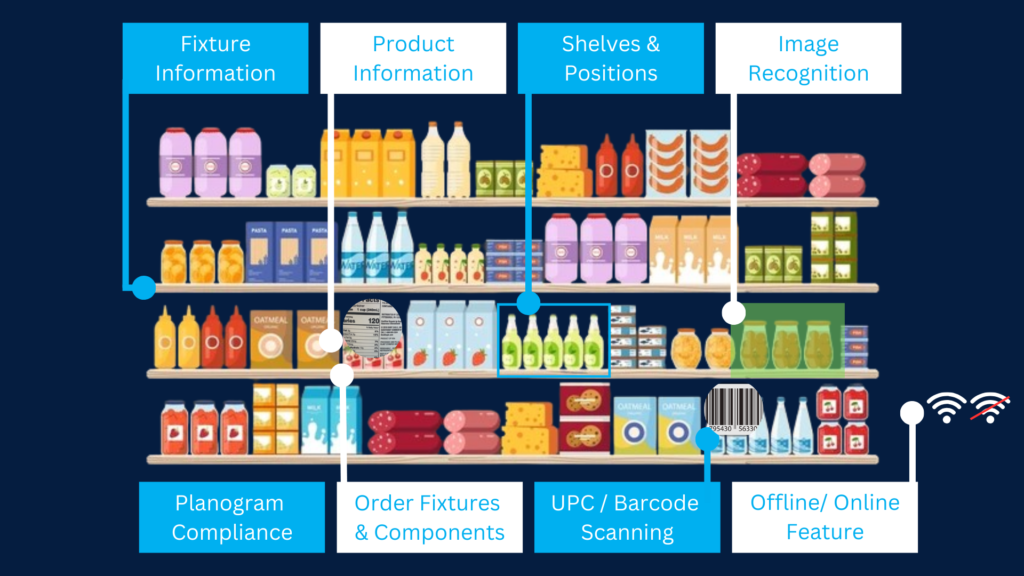
The Future of AI-Powered Merchandising
Merchandising plays a crucial role in retail success, ensuring that products are strategically placed to attract customers, maximize sales, and maintain store consistency. However, traditional merchandising processes can be time-consuming, prone to human error, and difficult to scale across multiple locations. This is where artificial intelligence (AI) is making a transformative impact. AI-powered merchandising solutions are revolutionizing the way retailers manage product placement, store layouts, and inventory accuracy.
The Merchandising App by Analyticsmart is at the forefront of this transformation. By harnessing the power of AI, it enables retailers to streamline operations, improve shelf compliance, and optimize product visibility—all in real-time. With automated reporting, AI-driven image recognition, and predictive analytics, retailers can ensure that stores remain well-stocked and aligned with merchandising guidelines.
Key Benefits of the Merchandising App by Analyticsmart
1. AI-Powered Planogram Compliance
Maintaining planogram compliance across multiple locations is a common challenge for retailers. The Merchandising App by Analyticsmart ensures that every store follows its merchandising strategy by using AI to analyze shelf layouts and detect deviations. By automatically flagging misplaced products or empty shelves, the app helps retailers maintain consistency and maximize product visibility.
2. Real-Time Shelf Monitoring
Manual shelf audits can be inefficient and labor-intensive. The app’s AI-driven image recognition technology continuously scans store shelves, providing real-time insights into stock levels. Retailers receive instant notifications when products are out of stock or incorrectly placed, allowing them to take immediate corrective actions.
3. Smart Inventory Tracking
Overstocking and stockouts can significantly impact sales and customer satisfaction. The Merchandising App by Analyticsmart leverages AI to analyze sales trends and predict inventory needs. This ensures that stores are always stocked with the right products at the right time, reducing excess inventory and minimizing revenue loss due to stock shortages.
4. Automated Reporting and Insights
Data-driven decision-making is essential for modern retail success. The app provides automated reports on sales performance, foot traffic patterns, and shelf compliance. AI-driven insights help retailers understand customer behavior, identify underperforming products, and adjust merchandising strategies to boost sales.
5. Dynamic Pricing and Promotions
The competitive retail landscape requires flexible pricing strategies. The app integrates AI to analyze competitor pricing, customer demand, and market trends. This enables retailers to implement dynamic pricing models, adjust promotions in real time, and maximize profitability while staying competitive.
6. Mobile Accessibility and Remote Monitoring
Retail managers and executives need the ability to oversee merchandising operations from anywhere. The Merchandising App by Analyticsmart is accessible via mobile devices, allowing users to monitor store performance, view compliance reports, and make data-driven decisions on the go.
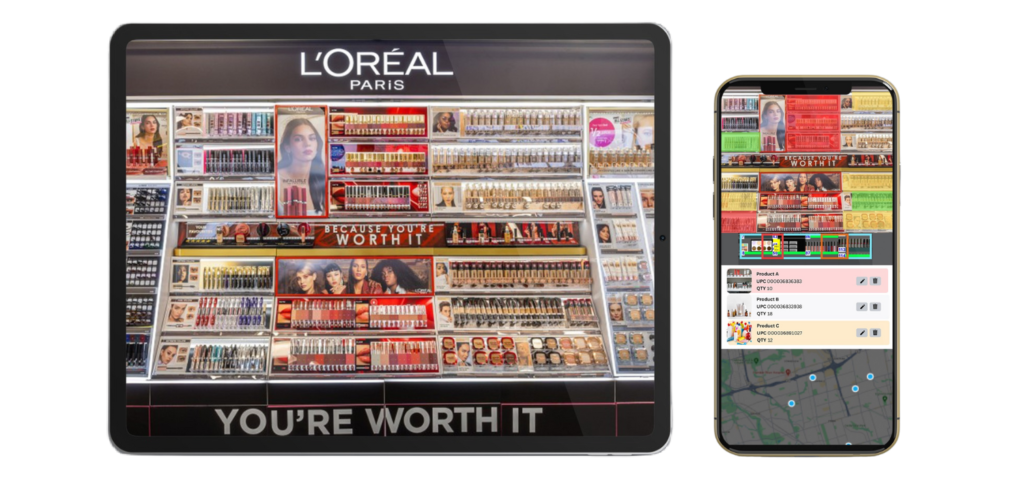
Conclusion
AI is no longer a futuristic concept in retail—it’s a game changer. From personalized customer experiences to AI-driven image recognition and merchandising optimization, artificial intelligence is reshaping the industry. As retailers overcome challenges and scale AI adoption, they will unlock new levels of efficiency, innovation, and profitability.
With cutting-edge solutions like Analyticsmart’s Merchandising App, businesses can harness AI to stay ahead in the competitive retail landscape. The future of retail is AI-driven, and those who embrace it will thrive in the evolving market.
Have A Question?
Learn how Analyticsmart can elevate your retail performance with data-driven insights and customized solutions.
Contact Sales
Have a question or comment? Submit your message through our contact form and a member of our team will get back to you within 24 hours.
Marketing Head | Analyticsmart
Unlock Your Retail Potential With Us



